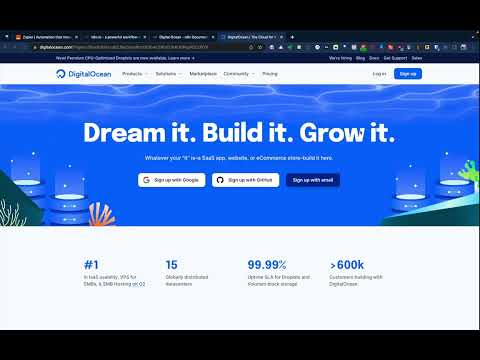
The sudden shutdown of Every Noise at Once left many music enthusiasts feeling disheartened, creating a noticeable gap in the music scene. In response, I’m striving to develop a service that, while not as expansive as Every Noise, will curate an extensive list of new releases spanning diverse genres. For a deeper understanding of Every Noise at Once and its closure, you can explore my German article available here.
This post will serve as a documentation of my efforts, sharing any successful developments and gathered data with the music community. Regular updates will be posted whenever there’s new information. You can stay tuned for news by following antibiottics on X/Twitter.
[23.11.2023]
To begin, let me share some details about my basic setup. As I’m not a very skilled programmer, I rely on a combination of tools like n8n.io, a low-code service, and occasionally utilize AI tools such as phind.com, an AI-powered search engine for coding. My n8n instance is self-hosted and runs on a Digital Ocean server. If you’re interested in installation instructions, you can find them in the video below. Currently, I incur approximately $18 in monthly server costs for this setup. Opting for the self-installed open-source community version is more cost-effective compared to the cloud version, which has limitations on workflows and executions.
So far, here’s what I’ve accomplished with this setup: I’ve utilized n8n workflows to access the Every Noise At Once Website’s label list and retrieve new releases for each label. Using the Spotify API, I searched for “labelname tag:new” for every label on the list. The outcomes are detailed in two Google Spreadsheets:
Label List: Link to Label List Spreadsheet
Fetched Releases: Link to Fetched Releases Spreadsheet
The compiled list is rather impressive, containing approximately 17,000 releases spanning from December 7th, 2023, to January 1st, 2024, including even some upcoming releases.
After we got the first batch of data, I found some problems while trying to make a big collection of new music releases using Spotify’s API:
1. Low Speed: Retrieving this data from Spotify via n8n takes approximately 48 hours.
2. Incomplete Genres: Not all releases have assigned genres, necessitating the filling of these gaps.
3. Missing DistroKid Releases: Releases from DistroKid, often labeled with a random number followed by “DK” on Spotify, are absent.
4. Self-Releasing Artists: Some artists release music under their own name without a record label. No chance to find them.
Here are some ideas for these issues:
1. Optimized API Requests: Enhance wait times between requests to manage request limits better. Consider removing labels specializing in less relevant content like AI-generated chill-out or white noise. Additionally, exclude labels inactive for an extended period (e.g., 2 years) as they might no longer be active.
2. Genre Gap Filling Explore utilizing genres from similar artists using Spotify’s related artists’ data as an approximation to fill genre gaps.
3. DistroKid Searches: Perform searches from “label:”DK” aa tag:new” to “label:”DK” zz tag:new” to circumvent limitations on maximum results (over 1000) and potentially capture most DistroKid releases.
4. Self-Releasing Artists: Consider curating a list of self-releasing artists that are important to the community and integrate them into the label data retrieval process.
Certainly, there are many ways to access the Spotify API. What I’ve shared is just my approach, which might be helpful for someone else. If you’re interested in using N8N and want to replicate my workflows, feel free to reach out for the JSON files. They’ll allow you to rebuild the workflows easily through copy and paste.
That’s all for now. I’ll return with updates on my progress shortly. Stay tuned!
Unlock the secrets of music marketing and stay ahead in the ever-evolving music industry with our otticmusic signals newsletter.

